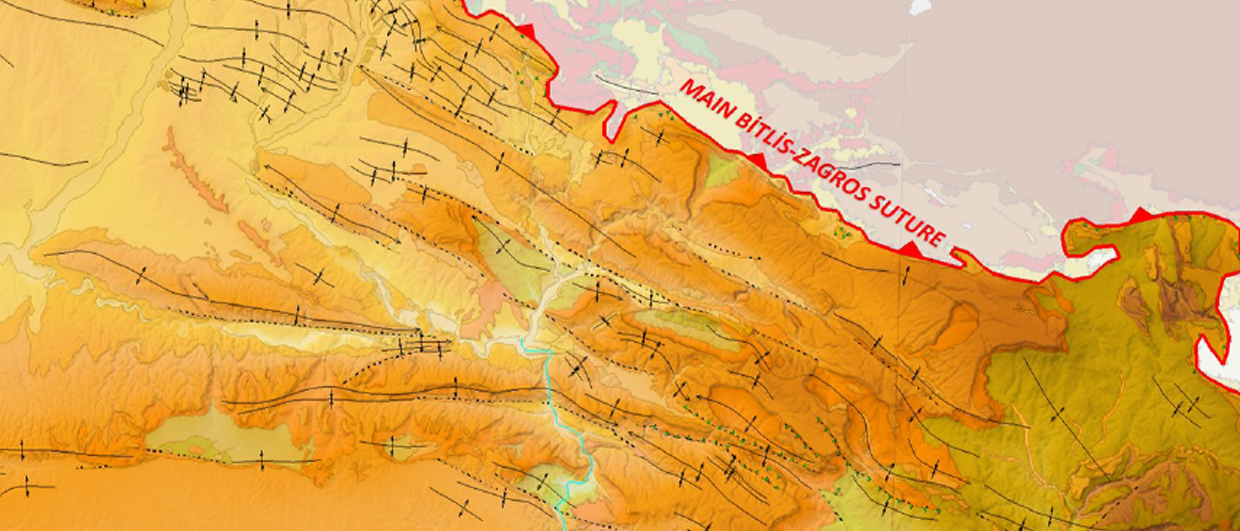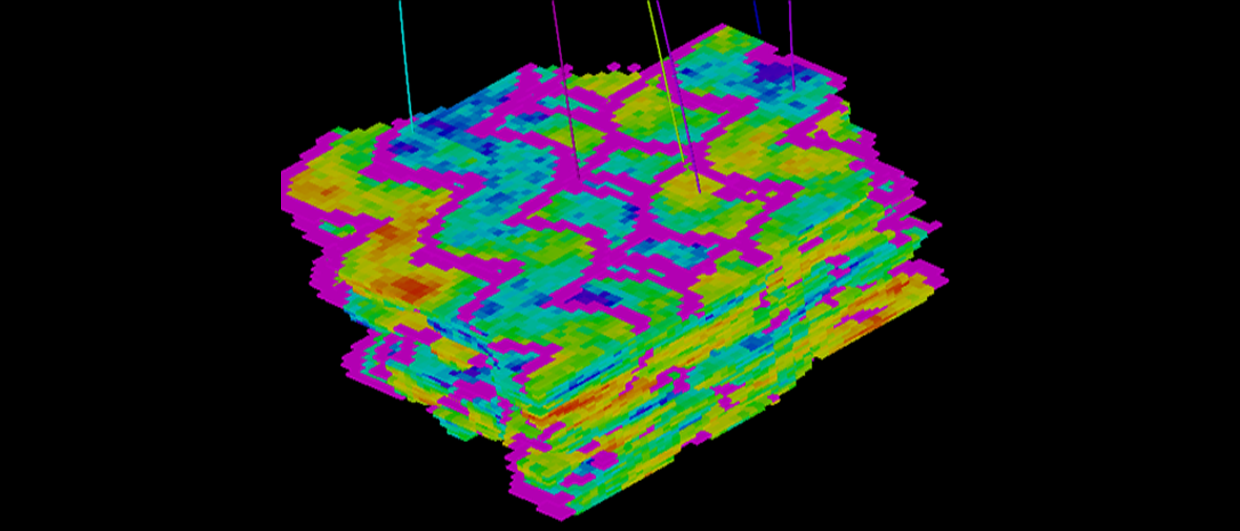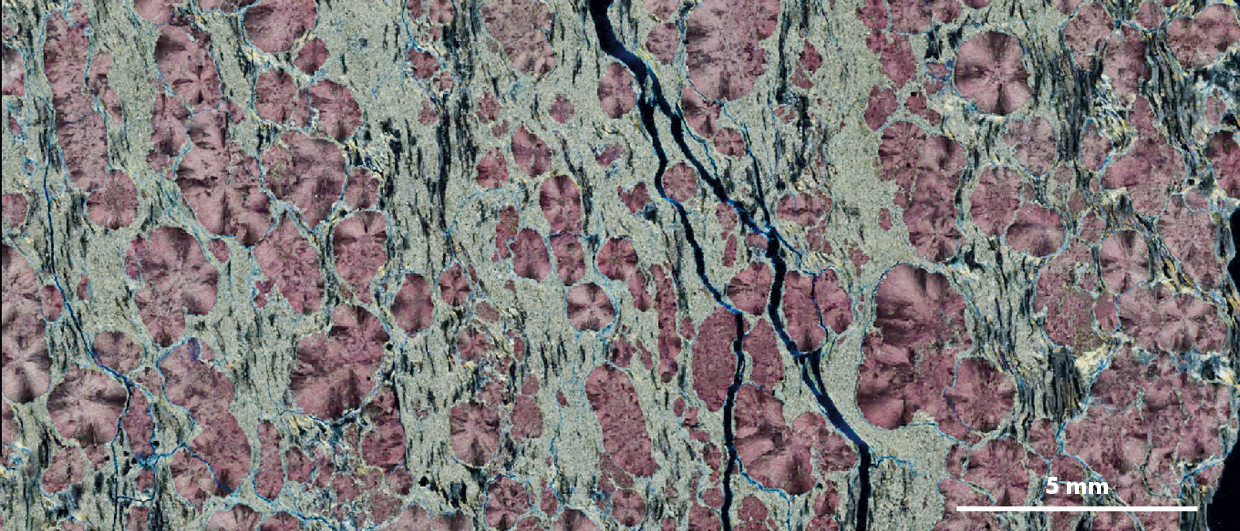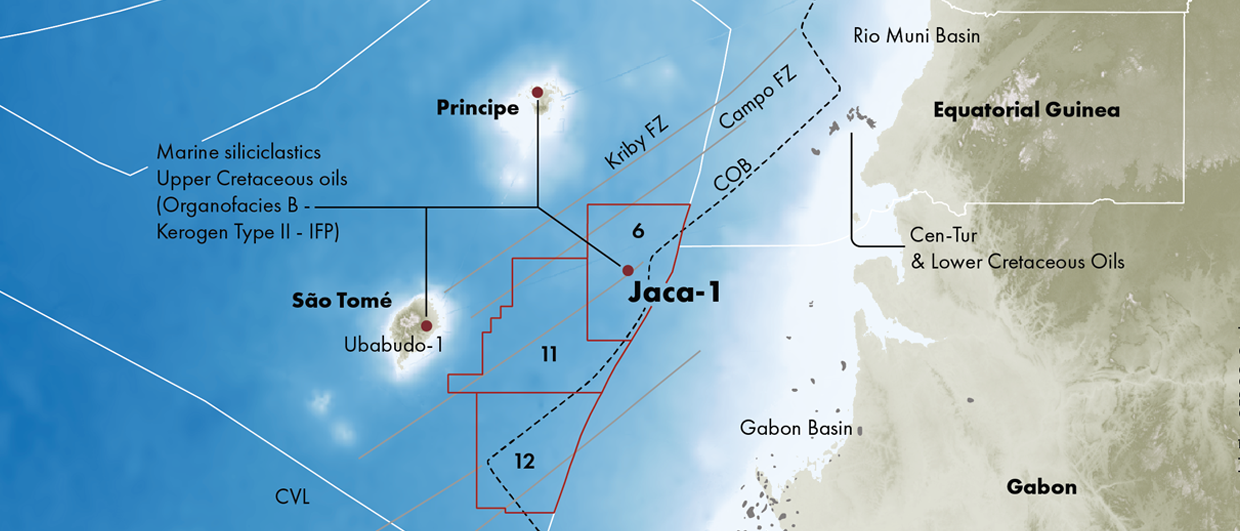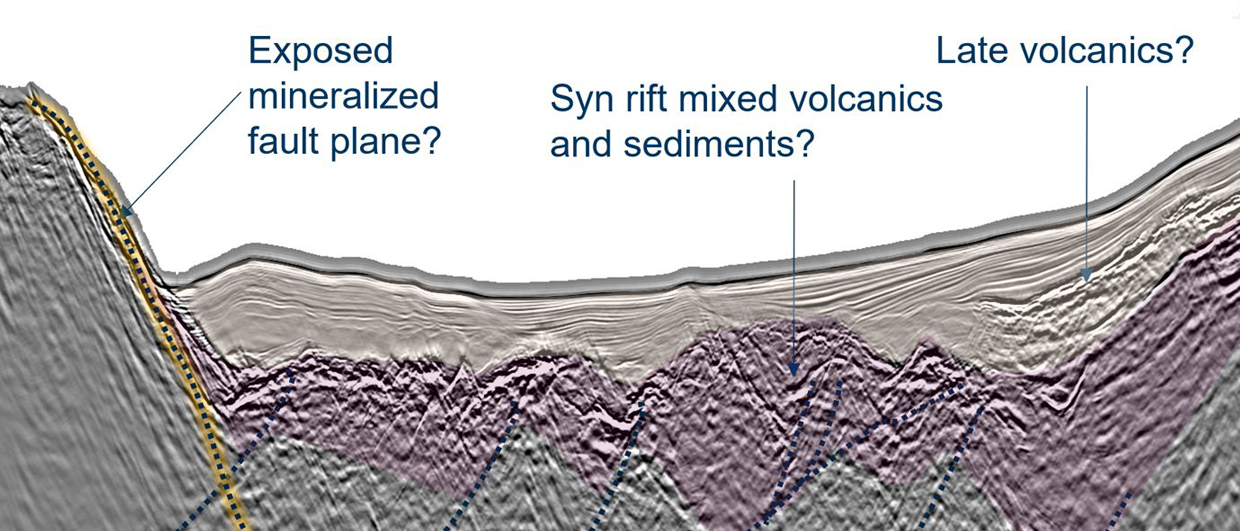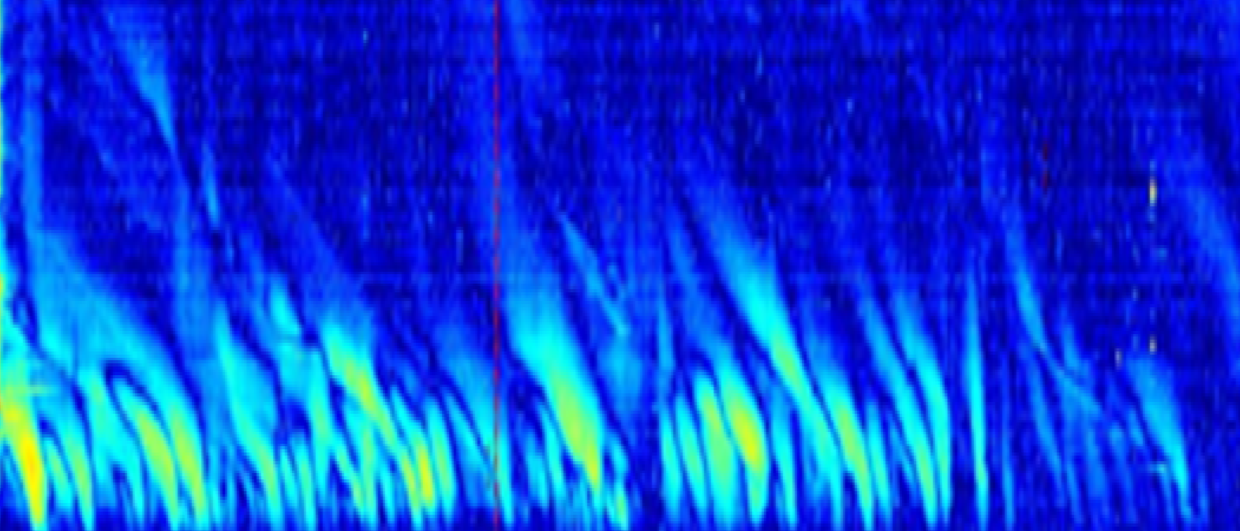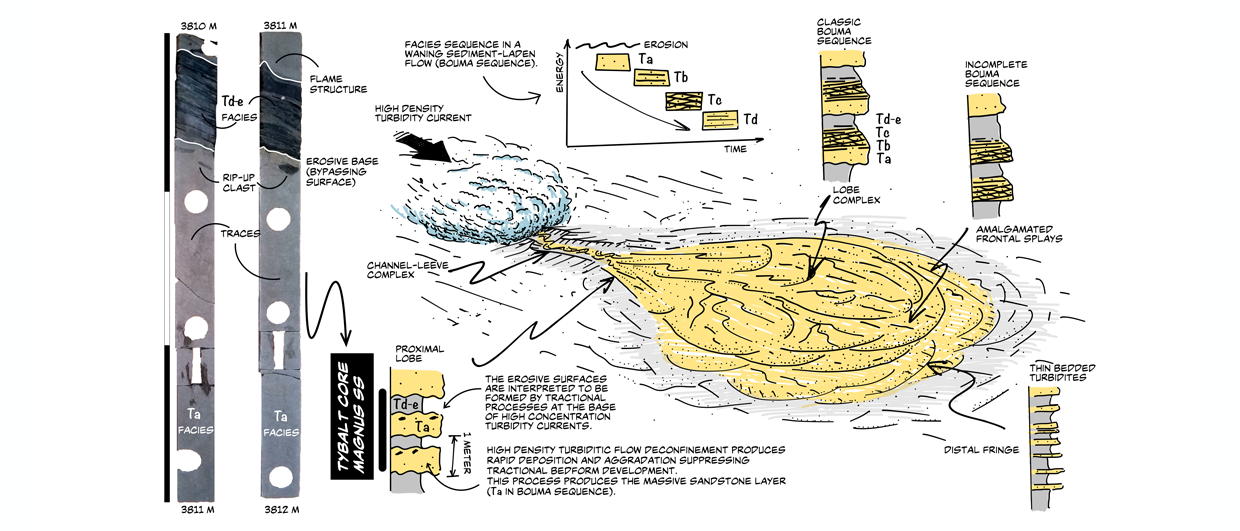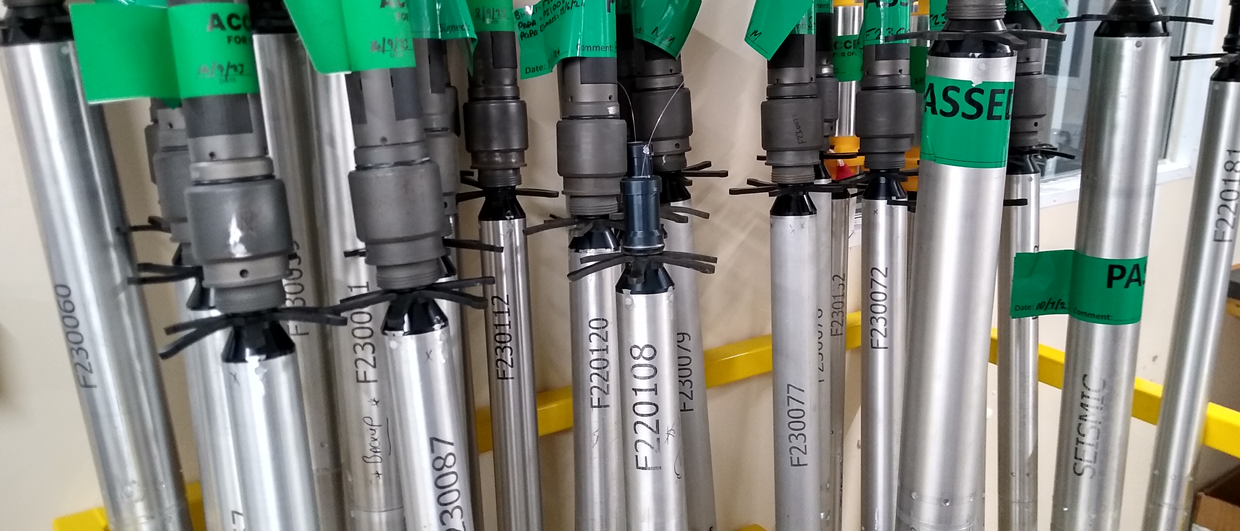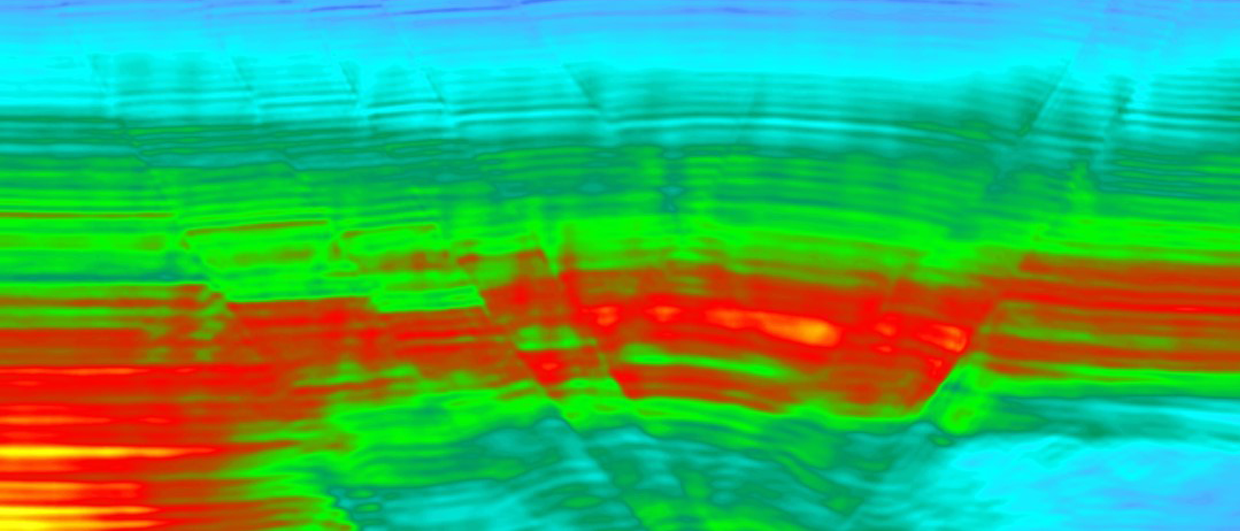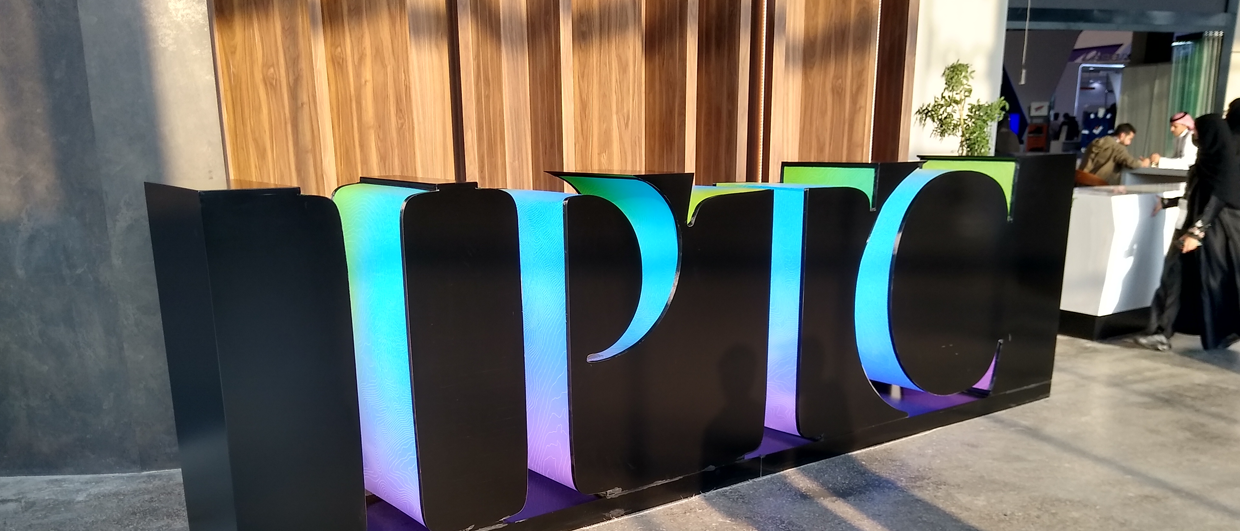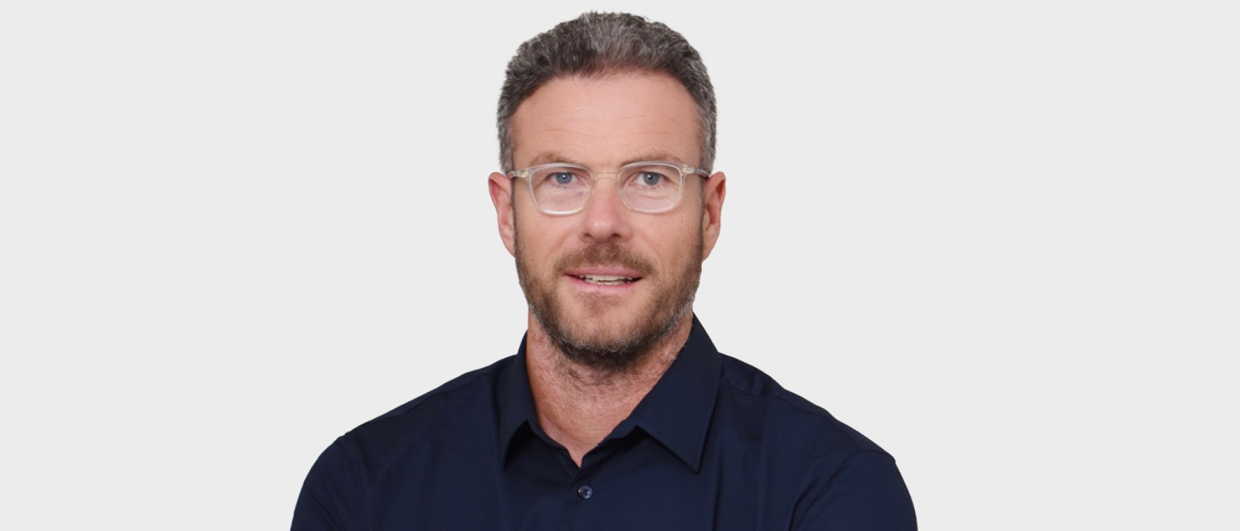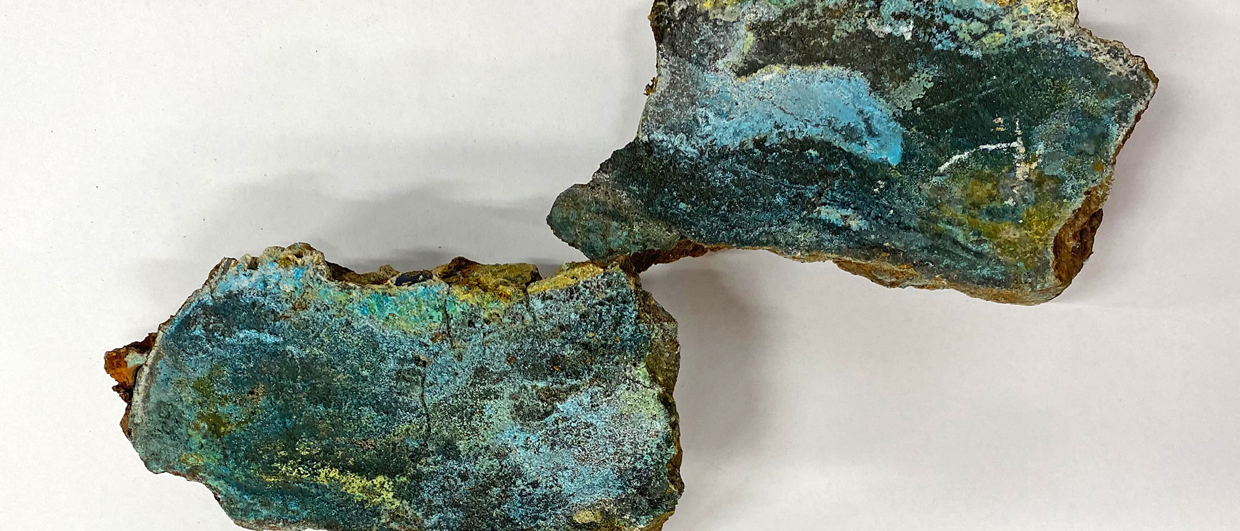Welcome to the first issue of 2024, again packed with subsurface insights and commentary on the global energy sector. We interviewed three people from the fibre optic sensing space to hear how this industry is making waves in subsurface monitoring, with some claiming that any well drilled in the next ten years will be equipped with fibre optic sensing technology. We also welcome a number of new regular contributors from all over the world and bring you new insights from the geothermal, CCS and deep sea mineral space as usual.

Columns
FIRSTS
5 – Minute to Read
11 – Why? – by Dr Carole Nakhle
12 – Regional Update – by Iain Cross
14 – Striking gas – Norma
INSIGHTS
77 – Geomodelling for CCS, a bridge too far? – by Raffik Lazar
78 – HotSpot – Suriname’s shallow water licensing round – by Jonathan Leather
80 – Can a seal fail? – by David Rajmon
81 – Don’t forget to look deeper – by Molly Turko
82 – Nothing beats the field – Tidally influenced fluvial deposits
84 – Vertical geology – by Marcos Asensio
Tybalt and Bouma
Features
COVER STORY
16 – Fibre optic sensing
NORTH WEST EUROPE
28 – Not as straight as we think
29 – Increase risk!
31 – No more drilling on Forties and Beryl
32 – The price says it all
CONTENT MARKETING
22 – Why the conjugate margin in Uruguay and Southern Brazil may have even more to offer than the Orange Basin in Namibia
42 – A new and unique multi-client core scanning and thin section digital catalog from pre-salt reservoirs offshore Brazil
44 – Rejuvenating legacy seismic for screening carbon storage sites in the Gulf of Mexico
FEATURES
34 – This is the time of subsurface by-products
35 – Chasing giant oil prospects on the Arabian Platform in southeastern Türkiye
38 – Oil – and increasingly gas – on steroids
40 – A working petroleum system on purely oceanic crust
PORTRAITS
48 – Salt and Grit – Clara Rodríguez Rondón
GEOTHERMAL ENERGY
54 – A new closed-loop horizontal geothermal well solution
56 – A puncture in a geothermal seal
58 – Geothermal potential of Ukraine
60 – After four years of production, what is the verdict?
SUBSURFACE STORAGE
62 – “It is important to embrace what matters in other subsurface realms”
63 – Wind and solar energy – temporarily stored in a salt cavern
64 – The challenges and success factors for CCS in Australia
TECHNOLOGY
66 – In the near future, will fibre optic sensing technology be used in most of the newly drilled oil, gas, geothermal and carbon storage wells?
67 – Grain size distribution matters
68 – The competitive world of coring
DEEP SEA MINERALS
70 – Norway opens for seabed mineral activities
71 – Finding deep sea minerals with oil and gas technology

